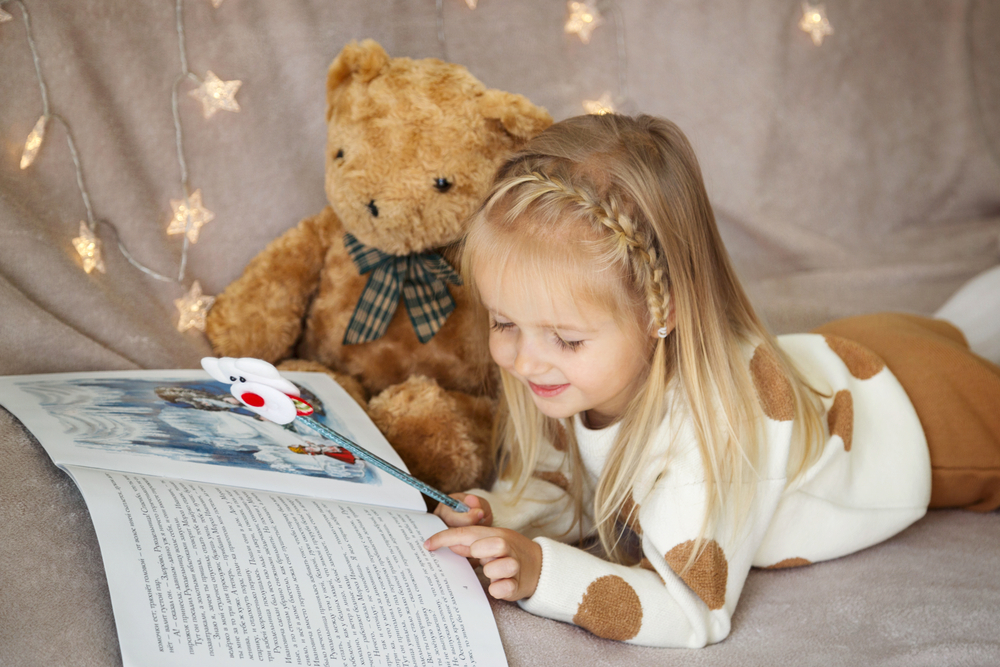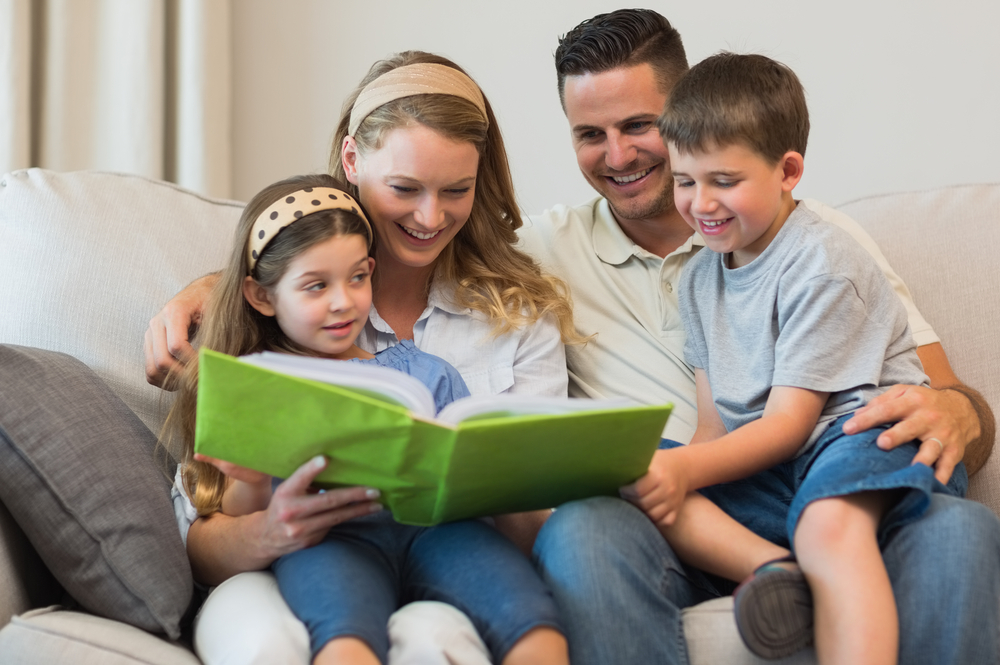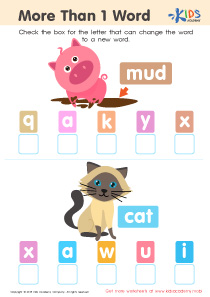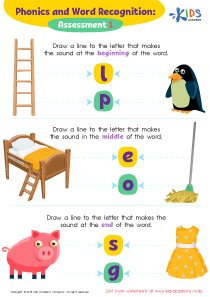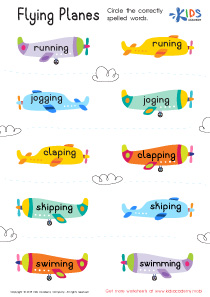Beginning Sounds Worksheets for 3-Year-Olds
4 filtered results
-
From - To
Introducing our exclusive Beginning Sounds worksheets, meticulously crafted for 3-Year-Olds! This engaging collection is designed to introduce your little ones to the wonderful world of sounds, laying a solid foundation for their reading and phonics skills. Through a variety of fun and interactive activities, these worksheets will captivate your child's imagination, making learning an enjoyable experience. Each page is tailored specifically for the developmental stage of 3-year-olds, ensuring the content is perfectly aligned with their learning abilities. Watch as your child develops a keen ear for beginning sounds, setting them on a path of linguistic exploration and success. Start your child's journey with our Beginning Sounds worksheets today!
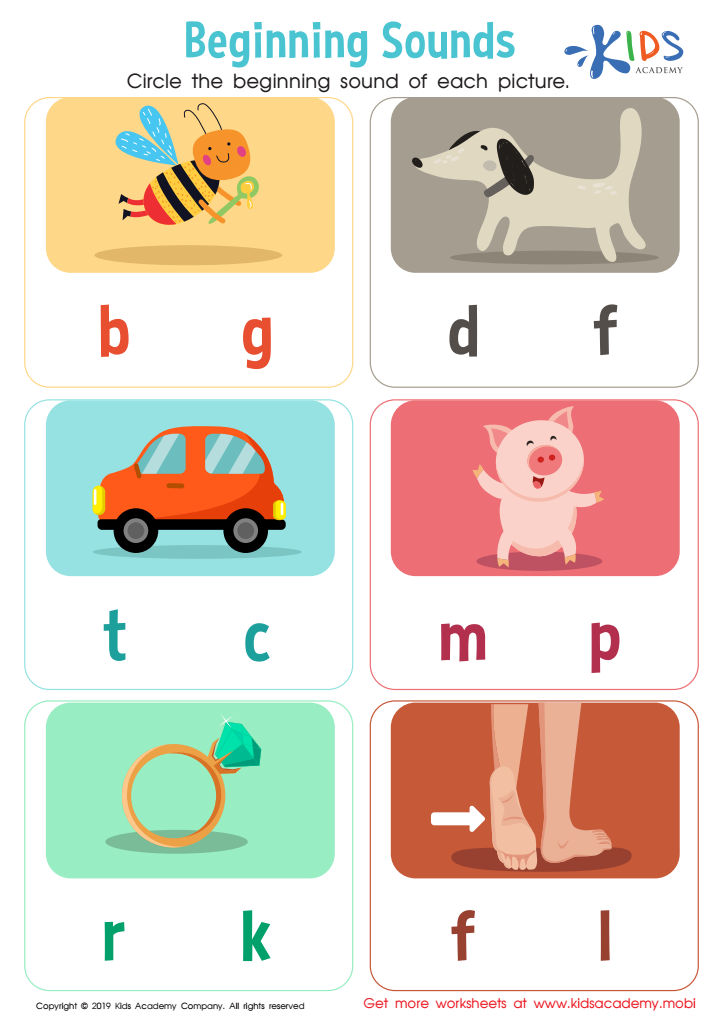

Beginning Sounds Worksheet
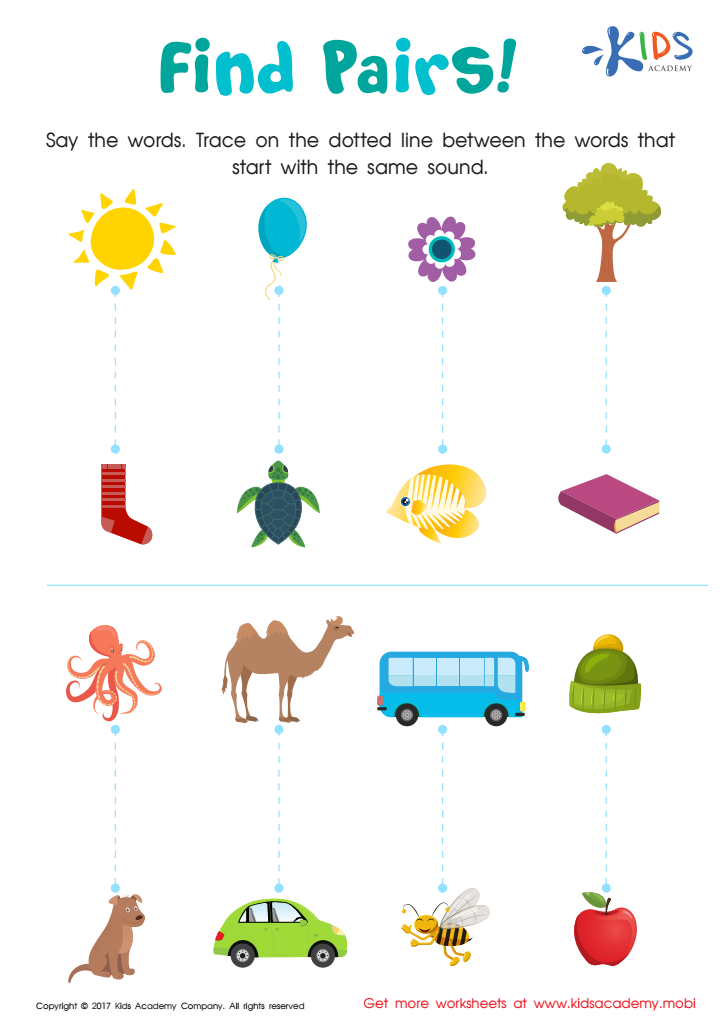

Beginning Sound: Find Pairs Worksheet
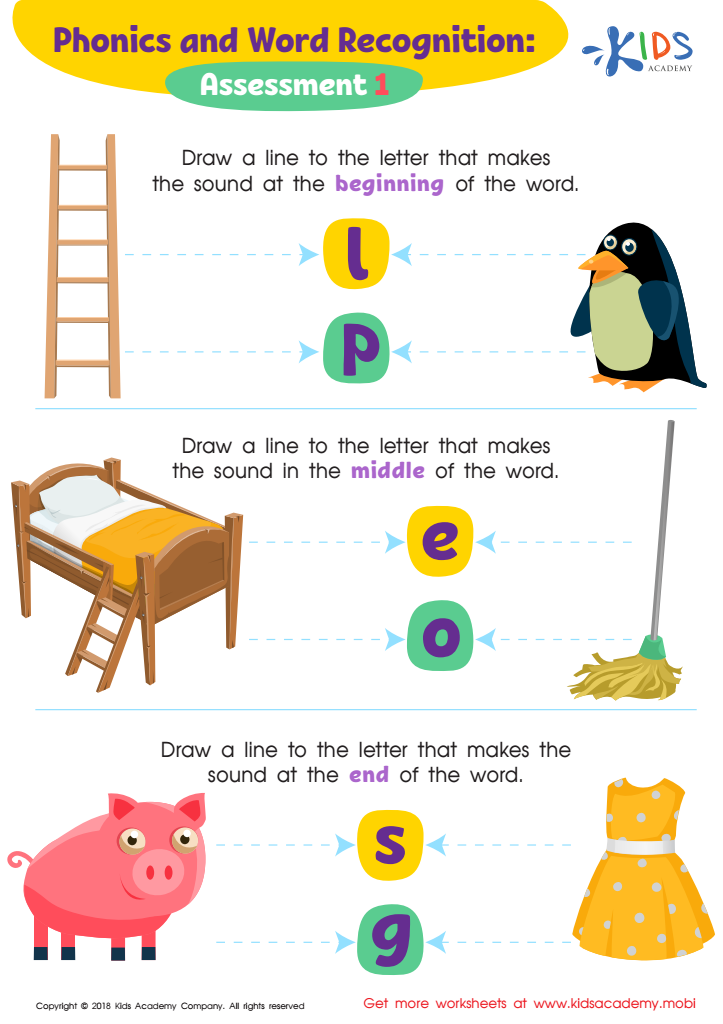

Phonics and Word Recognition: Assessment 1 ELA Worksheet
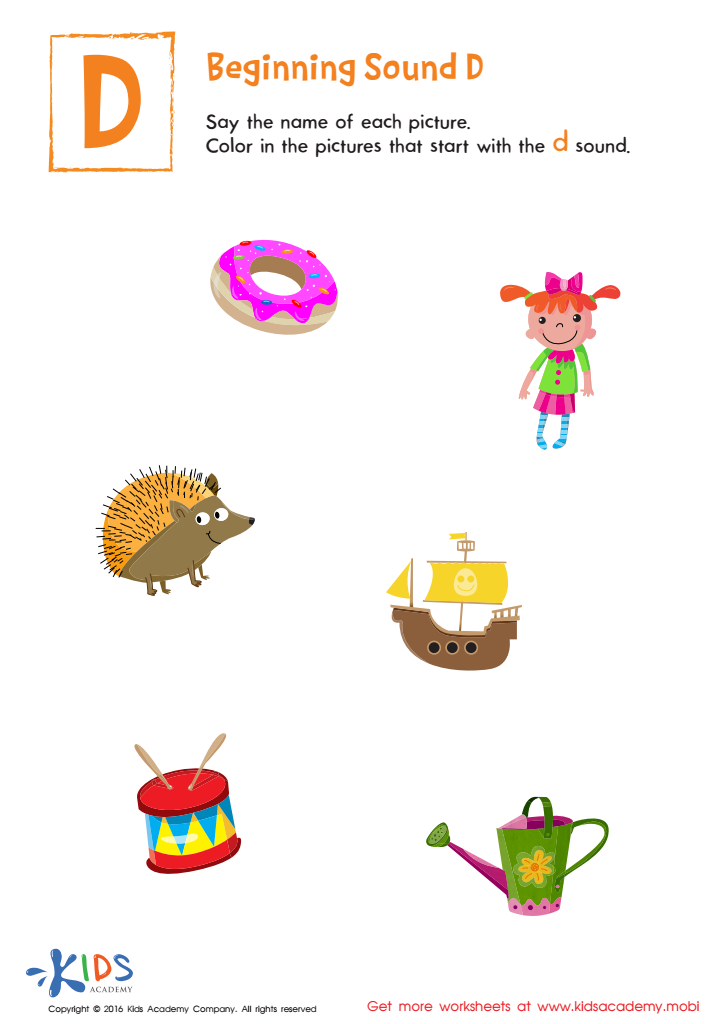

Beginning Sound D Worksheet
Beginning Sounds worksheets are a pivotal educational tool, especially designed for 3-year-olds, as they embark on their journey into the world of reading and writing. At this critical stage of development, children are naturally curious about the sounds around them and are starting to make connections between these sounds and the letters that represent them. Beginning Sounds worksheets for 3-year-olds are crafted to harness this curiosity, turning it into a foundational skill set that will benefit them throughout their educational journey.
These worksheets are not just about learning letters and sounds in isolation. They are about engaging young minds in a way that is both fun and educational, encouraging a love for learning from an early age. By focusing on the beginning sounds of words, these worksheets help 3-year-olds develop phonemic awareness—a crucial skill in learning to read. Phonemic awareness is the ability to hear, identify, and manipulate individual sounds (phonemes) in spoken words. It is a predictor of future reading success.
Moreover, Beginning Sounds worksheets for 3-year-olds are designed to be interactive, allowing children to connect sounds with visual representations. This multisensory approach caters to various learning styles and ensures that young learners are engaged and motivated. It's not just about memorization; it's about laying a strong foundation for literacy, critical thinking, and lifelong learning.
 Assign to the classroom
Assign to the classroom
